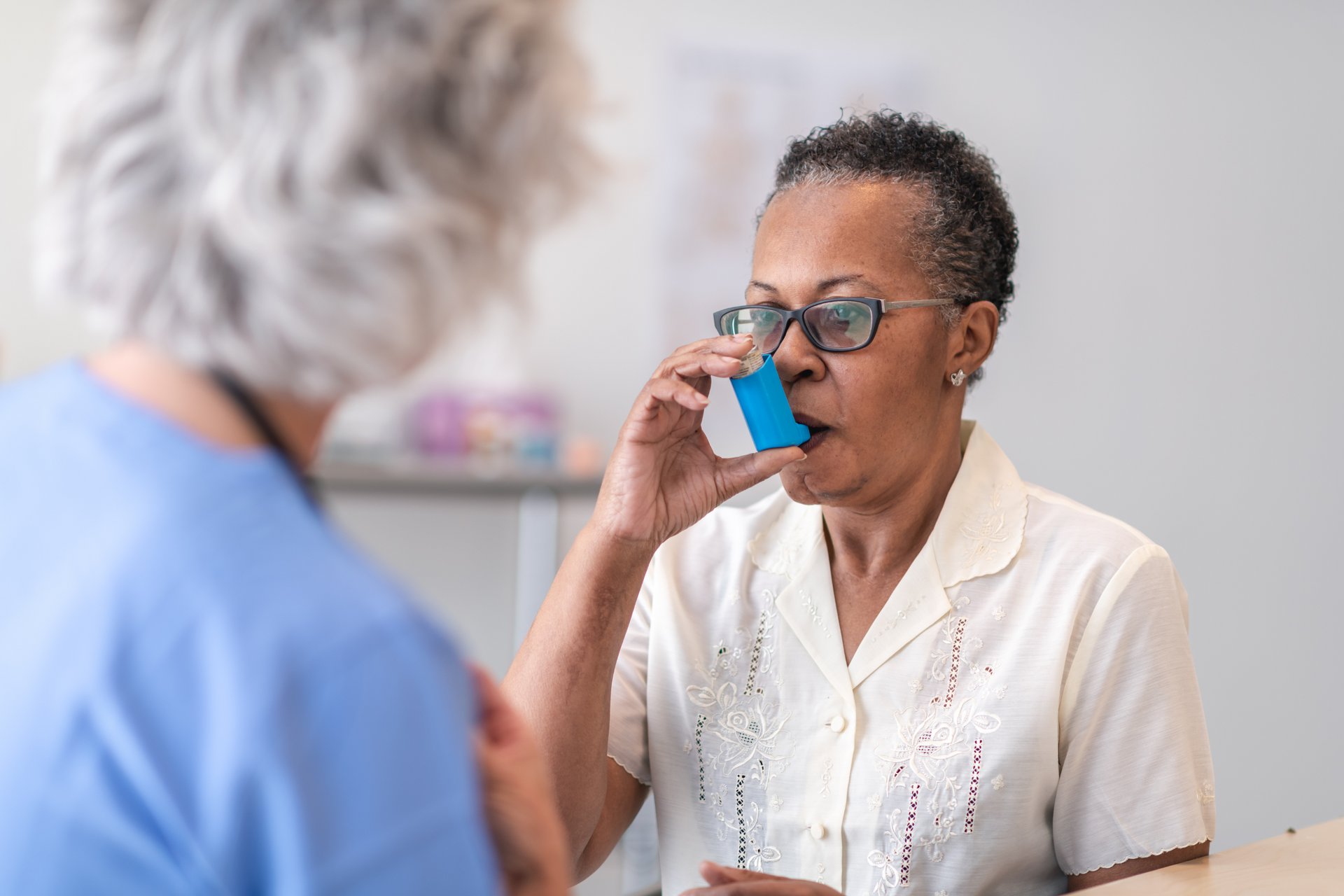What are the different phases of a Clinical Trial?
Clinical Terminology: What Are Phases In Clinical Research
Clinical trials are advanced in phases determined by multiple factors that help them build on one another. Whether at the beginning of a study or toward the end, each step is groundbreaking and important. Each phase is designed to let you know how much of the clinical trial process has taken place and help you determine risks and factors before you sign on. Learn more about and why we need phases in clinical trials.
The terms 'clinical trials' or 'clinical research' refer to studies performed on people in a clinical setting. They are an essential part of the drug development process and are overseen by the FDA to ensure that they are conducted and reported according to federal law and good clinical practice standards.
How Do Clinical Trials Work?
Researchers conduct clinical trials to answer specific questions pertaining to a drug candidate. They are designed to determine whether the new product is safe, effective, and has an acceptable level of quality.
Clinical trials begin with early, small-scale, Phase 1 studies and progress through late-stage, large-scale, Phase 3 research. If a treatment is effective in one stage, it advances to the next.
When a study reaches the end of its trial, it goes through an additional series of steps before the developer submits a marketing application with the US Food and Drug Administration (FDA) or another country's regulatory body for the drug to be authorized for physicians to give to patients.
Why Do We Need Clinical Trials?
New drugs are not typically developed and authorized for use without first being tested in a clinical trial. This process is essential to ensure that the new product is safe and effective for patients before it becomes available as a treatment option.
Clinical trials play an important role in developing new medicines because they provide data on how well a potential new therapy works in people. This information is essential to help assess whether the new therapy is an improvement over existing treatments.
In addition, clinical trials allow researchers to monitor for potential side effects of a new drug and to gather information on how well patients tolerate it. This data helps to ensure that its potential benefits outweigh the risks of a new therapy before it is authorized for use.
Without clinical trials, patients would not have access to many of the new treatments that have been developed in recent years. These studies are essential to bringing new and innovative therapies to market that can improve the lives of patients with serious illnesses.
What Are The Phases Of A Clinical Trial?
Although the phases and designs of clinical trials can vary depending on specific illnesses and specialty medicines such as cancer treatments or gene therapies, there is a general structure in which clinical trials are used to analyze most drugs.
Phase I
During the first phase of a clinical study, researchers examine the effects of the drug on between 20 and 80 people who have no prior illnesses.
This phase aims to determine the maximum dosage that people may safely take without negative side effects. It involves gradually increasing the dosage until an adverse reaction is reported.
In some cases, researchers may also test new formulations of the drug or study how it is metabolized in the body during this phase.
In addition to assessing safety and dosage, researchers consider various options for administering the medication, such as orally, intravenously, or topically. This is done to ensure that the drug reaches its target site in the body and is absorbed properly.
Phase II
In the second stage of a clinical study, the medication is tested on hundreds of people who suffer from the disease for which the new drug is developed. The dose is usually maintained at the level that was found to be effective in the previous trial phase.
The primary goals of this phase are to assess the efficacy of the drug in treating the disease and identify any potential side effects.
At this stage, researchers also begin to collect data on how well patients tolerate the medication and whether it causes any serious adverse reactions.
The participants are followed for months or years to determine how effective the medicine is and to gather more data on any adverse effects it may have.
Although the number of participants in phase II is greater than in the previous phase, it is still not large enough to demonstrate the overall safety of a medicine. However, data obtained during this period aids investigators in developing a strategy for undergoing the third phase.
Phase III
The third stage of a clinical trial reviews the drug's effects on up to 3,000 participants with the illness for which it is intended. The duration of this phase varies depending on the type of study being conducted and can last several years.
The goal of phase III is to determine how the new drug compares to existing therapies for the same condition. Researchers also use this period to assess the medication's long-term safety and collect data on any rare side effects that may occur.
Researchers must show that the drug is at least as safe and effective as the current treatments available to continue with the trial.
If researchers prove through the course of their clinical trial phases that the therapy is as safe and effective as other medications already on the market, the FDA will usually grant approval.
From there, the drug can be prescribed to patients.
What Does It Mean To Get FDA Approval?
The FDA is responsible for ensuring that all drugs available to the public are safe and effective. To do this, data is reviewed from clinical trials to assess a medication's efficacy and potential risks.
After a drug is found to be both safe and effective in humans, the FDA will issue a license authorizing its use. This process can take years, from the start of a clinical trial to FDA approval.
The clinical trial process is designed to ensure that new treatments are safe and effective before being made available to patients. It is important to note that not all drugs that enter clinical trials are ultimately approved for use by the FDA. Only a small percentage of potential new therapies ever make it to market.
Modern medicine is a miracle of our times but isn't without its risks. The clinical trial process is essential to ensuring that new drugs are safe and effective before being made available to the public. While this process can take years, it is vital to protect patients from potential harm.




